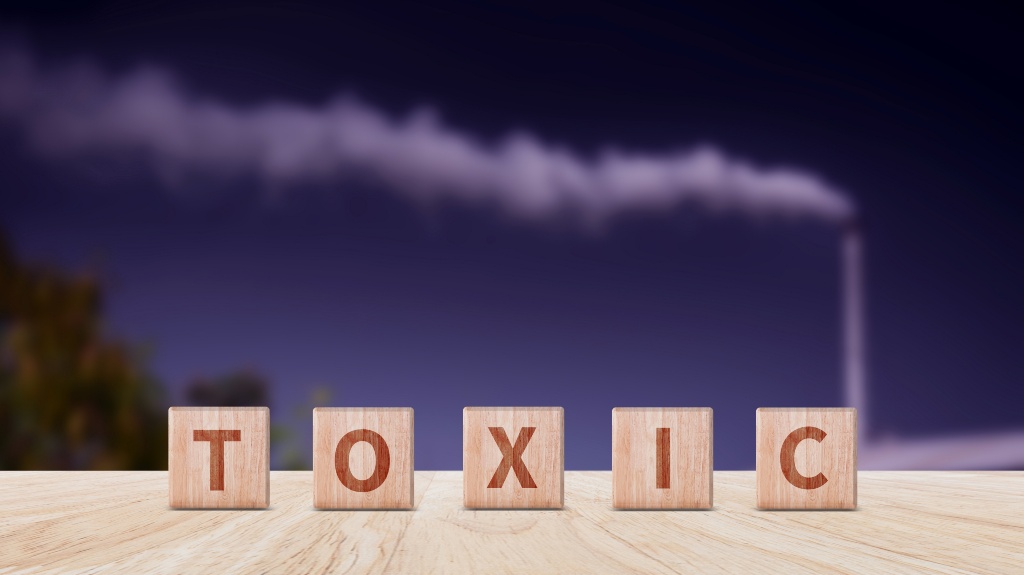VA Disability Ratings for Environmental and Toxic Exposure Claims

Veterans who have been exposed to environmental hazards during their service often face significant health issues. From toxic chemicals and burn pits to hazardous materials, these exposures can lead to long-term conditions that severely impact a veteran’s quality of life. Navigating the VA disability ratings system for claims related to environmental and toxic exposure can be complex, but it’s essential for ensuring veterans receive the compensation and care they deserve.
In this guide, we’ll break down how veterans exposed to environmental hazards can approach the VA disability ratings system, what factors influence ratings, and how to strengthen your claim.
Understanding Environmental and Toxic Exposure
Environmental and toxic exposure refers to contact with harmful substances or conditions during military service. Some common sources of exposure include:
- Burn pits used to dispose of waste materials in conflict zones.
- Agent Orange, a chemical used during the Vietnam War.
- Radiation exposure from nuclear weapons testing.
- Chemical exposure from industrial waste, fuels, and solvents.
Many veterans who served in areas like Iraq, Afghanistan, and Vietnam have been exposed to these and other dangerous toxins, leading to long-term health problems like respiratory issues, cancer, and neurological disorders. However, proving these conditions are related to service and navigating the VA disability ratings system can be a daunting process.
How the VA Disability Ratings System Works
The VA disability ratings system assigns a percentage to a veteran’s condition based on the severity of their disability. This percentage determines the amount of monthly compensation a veteran will receive. For claims related to environmental and toxic exposure, the VA evaluates the medical evidence to determine the degree of impairment and how it affects the veteran’s ability to function in daily life.
Key Factors in Determining VA Ratings
- Medical Diagnosis: To file a successful claim, veterans must have a current medical diagnosis related to their exposure. Common conditions include respiratory illnesses, cancers, skin disorders, and neurological conditions. The diagnosis must be linked to the environmental hazard or toxic exposure experienced during service.
- Service Connection: Veterans must establish a service connection, meaning that their condition resulted from exposure during active duty. This requires gathering evidence, such as medical records, service records, and statements from healthcare providers.
- Impact on Daily Life: The VA looks at how the condition affects a veteran’s daily life. The more severe the impairment, the higher the disability rating. Veterans with significant functional limitations—such as the inability to work or require ongoing medical care—are likely to receive higher ratings.
- Medical Nexus Letters: These letters from medical professionals link the veteran’s current condition to their service exposure. They are crucial in establishing the service connection for environmental or toxic exposure claims.
Common Health Conditions Related to Toxic Exposure
Veterans exposed to hazardous substances may experience a wide range of health conditions, including:
- Chronic respiratory problems like asthma, bronchitis, or COPD.
- Cancers of the lung, bladder, or skin.
- Neurological disorders such as Parkinson’s disease.
- Heart disease or other cardiovascular issues.
- Autoimmune disorders and weakened immune systems.
These conditions can be difficult to link directly to service, making the claims process even more challenging. However, recent legislation, such as the PACT Act, has made it easier for veterans to prove their exposure and receive the benefits they are entitled to.
How to Strengthen Your Environmental Exposure Claim
Successfully navigating the VA disability ratings system requires strong evidence and a strategic approach. Here are steps veterans can take to strengthen their claims:
- Document Your Exposure: Keep a detailed record of your service, including dates, locations, and specific environmental exposures (such as burn pits or chemicals). Your service records can play a key role in proving exposure.
- Gather Medical Evidence: Work with your healthcare provider to obtain thorough documentation of your condition, including diagnostic tests, treatment records, and statements about how the condition affects your life.
- Obtain a Nexus Letter: A well-documented nexus letter from a physician can make a significant difference in proving that your condition is linked to your service exposure.
- File a Fully Developed Claim (FDC): The VA offers an FDC process, which allows veterans to submit all evidence upfront, speeding up the decision process.
Get Help with Your Toxic Exposure Claim
Navigating the VA disability ratings system for environmental and toxic exposure claims can be overwhelming, especially when dealing with complex health conditions. Whether you’re struggling with respiratory issues, cancer, or other serious health problems caused by your service, it’s important to ensure you get the compensation and benefits you deserve.
If you need help filing your claim or appealing a decision, don’t hesitate to contact VA Benefits Attorneys. Our experienced team can guide you through the process, strengthen your claim, and help you secure the highest possible disability rating. Reach out today to get the support you need.







